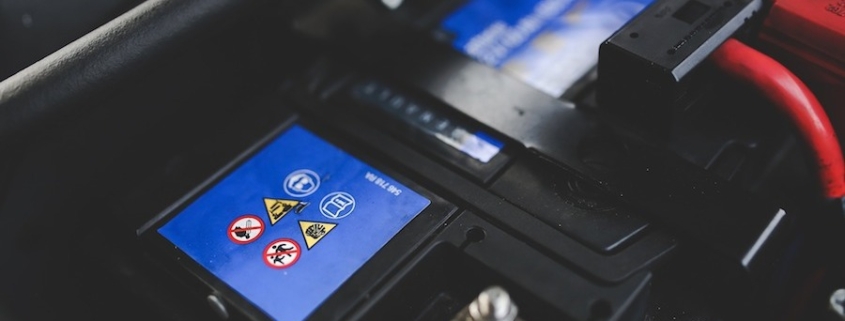NAPA Know How: The Effect of Temperature on Battery LifeNAPA Know How Blog
[ad_1]
Mild temperatures are ideal for the body as well as for machines. Under extreme conditions, humans and automobiles struggle, with the latter prone to outright failure. Your car’s battery is especially susceptible when operating in adverse conditions. The effect of temperature on battery life becomes particularly evident during the winter and when it fluctuates wildly.
Extreme Temperatures
There are three things to keep in mind regarding extreme temperatures and your car battery:
1. The optimum operating temperature. A car battery operates best when the air temperature is 80 degrees Fahrenheit. That said, the temperature under the hood will increase once the car’s driven several miles, and will stay at an elevated temperature for the trip’s duration. That’s why when a heatwave arrives (90 degrees Fahrenheit or more), you’ll see more vehicles under duress.
2. The impact of heat degradation. Extreme heat takes its toll on vehicle systems, including the battery. Weeks, if not months, of operating your car in hot temperatures will corrode its internal components and weaken its power. The heat might not cause outright failure, but it will set the battery up for failure later.
3. Here comes the cold. Autumn and spring may supply the best conditions for a car battery. But autumn will soon give way to winter and that’s when cold air increases internal resistance and lowers capacity. Specifically, a battery operating at 100% capacity under optimum conditions will lose about half its strength when the temperature reaches 0 degrees Fahrenheit. For older and weaker batteries, capacity is already reduced, which means a cold snap can do them in. Increased pressure on battery life also occurs when temperatures move back and forth between optimum and extreme conditions.
Battery Testing
There is not much you can do to extend battery life, as most batteries last three to five years. The average life span varies by region, with batteries in northerly climates lasting an average of 58 months to just 41 months in the deep south.
To head off “sudden death,” you should regularly inspect your battery. In particular, ensure that it’s secure in the engine bay, that the terminals are free of corrosion buildup and properly connected, and by testing its charge with a multimeter.
But that’s not enough: You should go one step further by having the battery load tested annually to determine its cold-cranking amps. This test, which involves connecting the battery to a load-testing machine, will demonstrate the battery’s ability to hold voltage. The results will help you decide whether to keep your battery or replace it.
Battery Replacement
If your battery is still in working order but is nearing the end of its life cycle, you can avoid a breakdown by replacing it immediately. Recycle the old battery at the store when you purchase a new one, or find a recycling facility that accepts them.
Remember these tips about the effect of temperature on battery life to avoid disasters and maintain the health of your car year-round.
Check out all the car batteries available on NAPA Online or trust one of our 17,000 NAPA AutoCare locations for routine maintenance and repairs. For more information on how climates affect car performance, chat with a knowledgeable expert at your local NAPA AUTO PARTS store.
Photo courtesy of Pixabay.













